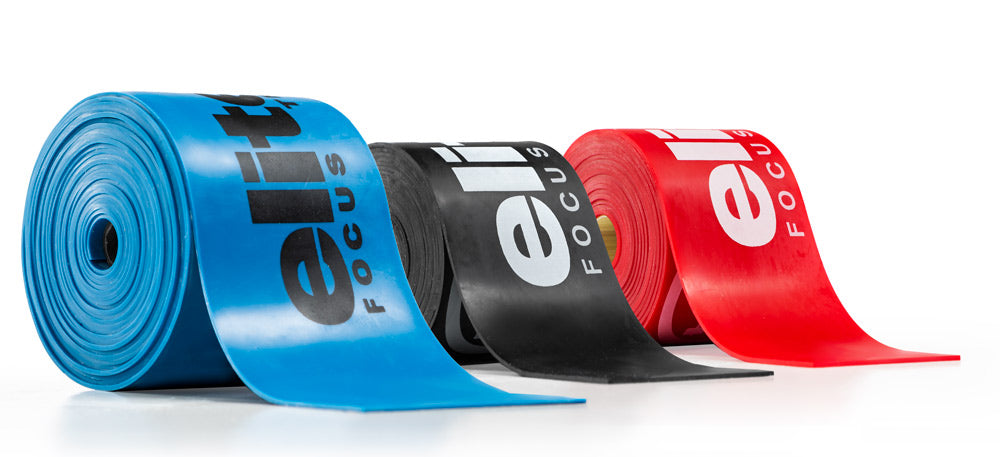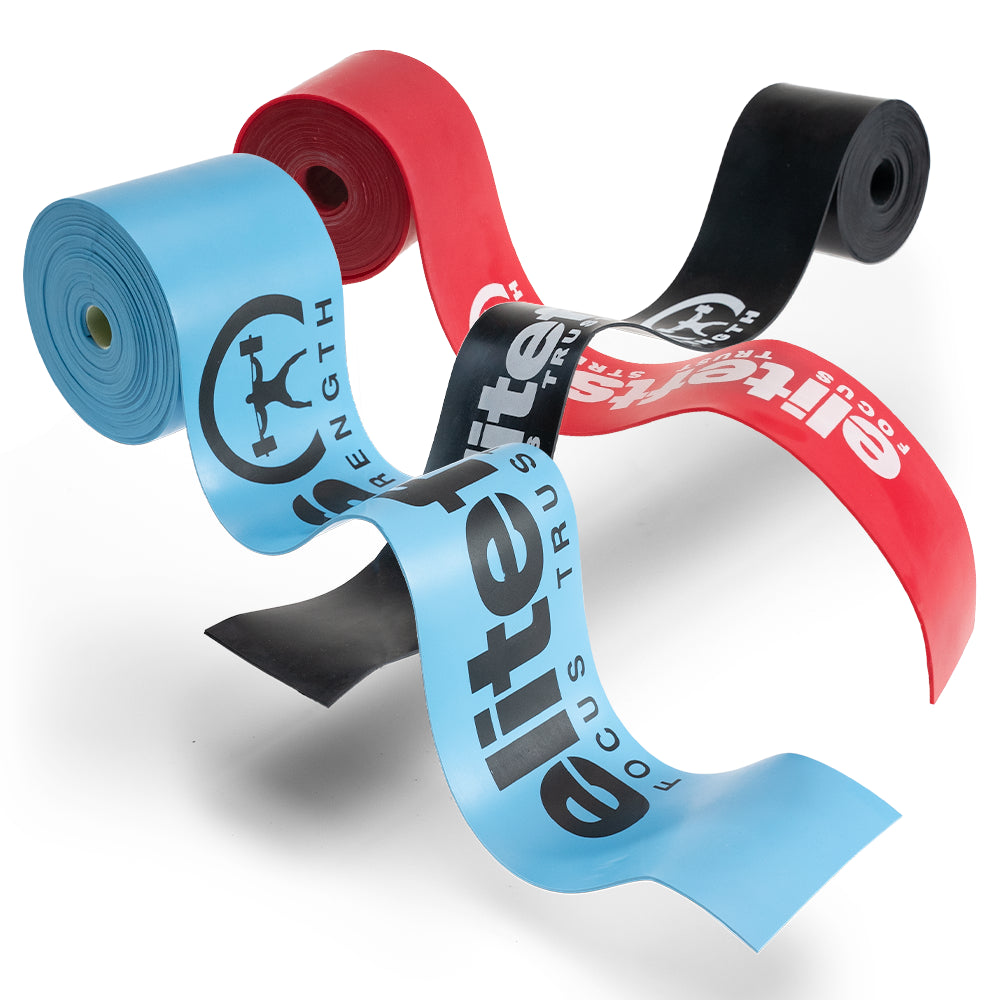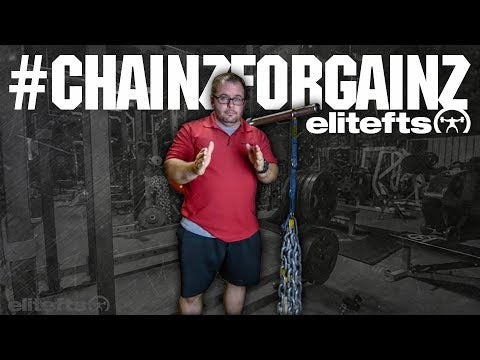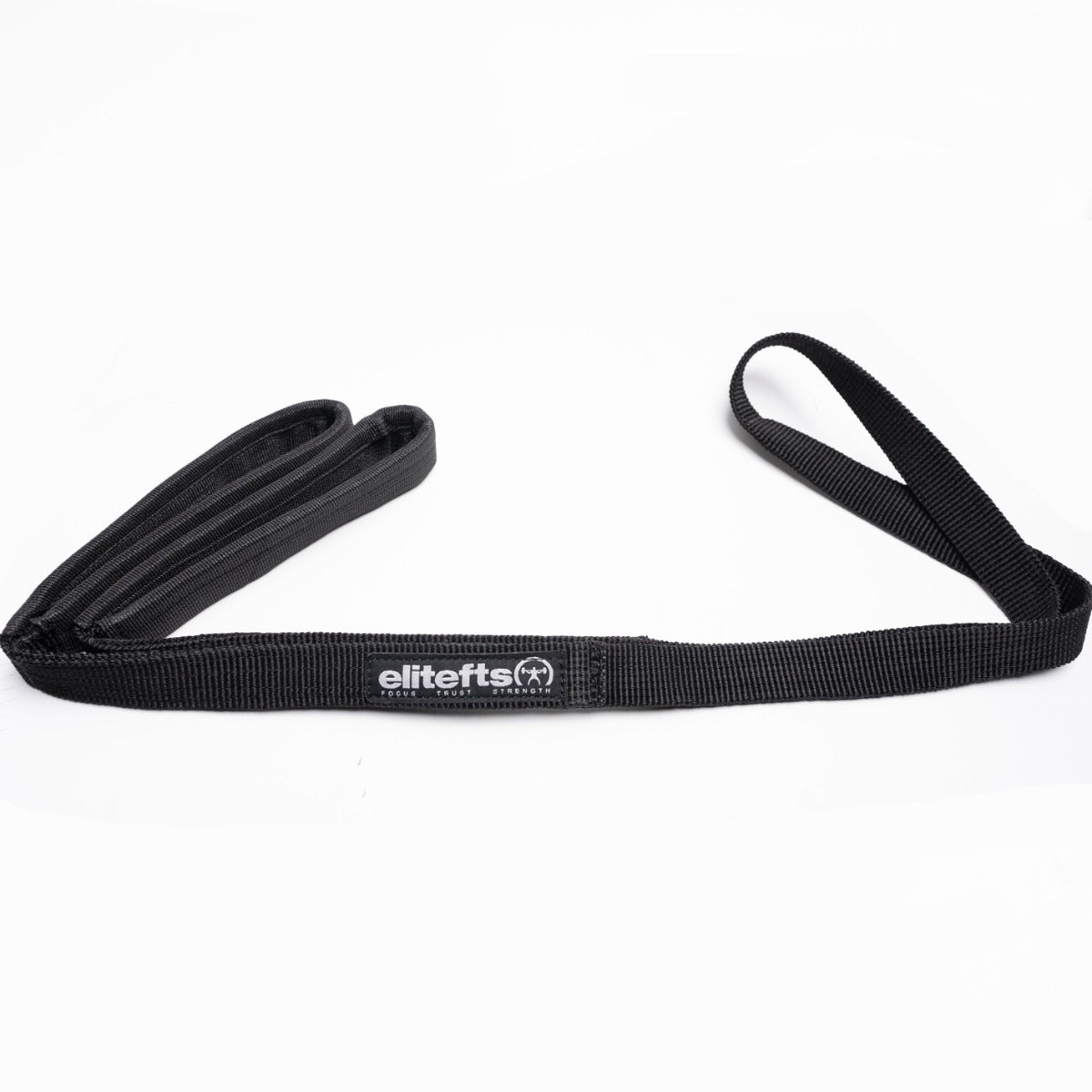If you had asked me 10 years ago if I would ever compete in bodybuilding, I would have laughed. My number one goal was always to be as strong as I could be for strongman. I stayed in the 105-kilogram or 231-pound weight class for most of my career, competing as a pro for five years.
However, what got me interested and into the gym was bodybuilding.
I’m sure many of you my age read Muscle & Fitness cover to cover each month. Like me, you wasted your money on useless supplements, and you followed the workout plans to get as big as possible. There was no information on powerlifting, and strongman was just something I liked to watch on TV. As I got into my early 20s, I wanted to compete in something, but bodybuilding didn’t do it for me then. Luckily, I found elitefts and read an article on how to compete in your first powerlifting meet. Powerlifting soon introduced me to strongman, where I went back and forth for over 10 years.
POPULAR: 8-Week Bodybuilding Program for the Beat Up Powerlifter
Fast forward to my last strongman competition, which was The Arnold of 2019. I was at the heaviest I have ever been, weighing 284 pounds. I did well, but it certainly was not one of the best shows of my career. My head just wasn’t in it anymore.
A New Challenge
At this point, I needed a change, so I looked for a new challenge.
I had always loved training like a bodybuilder, and my diet wasn’t too far off what a typical bodybuilding diet looks like. Even though my goal was performance-based, I always wanted to look like a bodybuilder. Finally, it was time to get out of my comfort zone and try something new. I set my sights on competing in my first show in 2020…and I think we all know how that turned out.
Despite COVID, I could prep longer and have more time to dial in my nutrition to finally compete in 2021. Over the course of a year and a half, I went from 284 pounds to 243 pounds on stage (which is heavier than I originally thought I would be, so I'm thrilled with how I looked).

I learned five things that I didn’t expect throughout this journey, so let’s get to it.
1. A Better Brace and Contraction Through Posing
I wasn't worried about the training and nutrition aspect of bodybuilding. I hired a nutrition coach and have no problem following directions. However, I was absolutely clueless about posing. Luckily a friend of mine is a posing coach and invited me to a class that was held at a gym about an hour away from me. In my first class, I was super nervous. I had no idea what to expect. Again, I had no previous experience posing.
First, we all stripped down to our underwear and lined up. The coach called out a pose, and I had no clue how to do it. There is the front relaxed, side relaxed, and rear relaxed, BUT in none of them are you relaxed. At all times, you need to keep your abs flexed and sucked in. This was difficult for me because I'm always reinforcing to take in as much air as possible and PUSH out against my belt. I began practicing vacuums to get comfortable holding everything in. Surprisingly, I felt I could brace better when doing my heavy lifts due to having more control over my diaphragm. During posing, we had to hold each pose for over a minute. A minute may not sound like much, but trust me, it gets very tiring. I was sore the next day after my first posing class!
From training strongman for so many years, I have built up a huge upper back and lats. When it comes to bodybuilding, you need to know how to showcase those muscles: every little tweak and turn matters. To show how wide your lats are, you have to push your shoulder blades down, much like you would when you bench press. Once this clicked, I contracted my lats very hard, which transferred to how I set up for my lifts. Squatting, benching, and deadlifting, your lats should be contracted hard to stabilize. Now when I set up, I think of doing a front lat spread, and from posing, I have no problem keeping my lats tight through the movements.
2. Control the Weight Vs. Move the Weight
When you are in the sport of strongman or powerlifting, how you move the weight really doesn’t matter. All that matters is that you lift the weight, and the judge approves. Building strength and technique to move odd objects is a skill. Strength is a skill, and it’s something that needs to be practiced over and over. This is why Olympic weightlifters take so much time perfecting their form because if it is off a bit, they will miss at heavier weights. I've found it more important to control the weight through the movement with bodybuilding rather than build any momentum.
The eccentric phase of every lift is crucial to hypertrophy. My ego had to take a hit when I learned this, and many powerlifters and strongmen would benefit from performing their accessory lifts this way. For example, leg pressing with a three-second eccentric will make the lift much harder than just dropping it down quickly and rebounding out. Speaking of egos on the leg press, most load it up with way too much weight and go halfway down. Focus on moving the weight for your main lifts, but control the weight better on your accessory lifts. You will put on muscle AND have fewer injuries.
3. Patience
Like I stated before, I began my preparation for bodybuilding at 284 pounds. I expected to be very lean once I got down to 260. Surprisingly, I was not. Sure I looked a little leaner, but I was expecting to have veins popping out of my abs and almost stage-ready. To my surprise, I had a lot more work to do. I had heard this before from a few other competitors, and now I understood what they were saying. For anyone out there that is looking to get super lean, and not necessarily compete, you probably have a lot longer to go than you think you do.
What was nice about bodybuilding was that I did not have to make a weight class like I did all the other times I cut to make weight for strongman. It didn’t matter what I looked like. I just had to temporarily get down to 231 pounds by any means necessary. This time the goal was to have as much muscle as possible but be as lean as possible. I took some very drastic measures to make weight in the past, and I expected this to be just as bad. In comparison, it was actually fairly easy. Of course, I had cravings, but I was depriving myself as I did in the past. Slow and steady wins the race when it comes to getting extremely lean. Rushing the process will only lead to losing some fat but also hard-earned muscle.
4. Timing Rest Periods Shorten Training Sessions
One thing about strength sports is some of the sessions take HOURS, especially if you are in strongman. Sometimes setting up an event can take 30 minutes. After you’re finished and exhausted, you now have to put everything away. So, now setup and breakdown alone is one hour. Just as some of you powerlifters who compete in gear take 30 minutes to get into your suit. Unfortunately, there is nothing we can do about that.
Training can definitely be a part-time job. The switch to a bodybuilding program was a very nice change of pace. I didn't need a bunch of gear to change in and out of. Instead, I could walk up to the rack, bench, or machine and get right to it with no set up.
I would also time my rest periods, knowing I had to keep moving at a faster pace. We all know it’s very easy to look at our phone in between a set, and five minutes flies right by. Depending on the movement, I would take one to three minutes, and it made a huge difference in how much time I would spend training. The problem for me is I own the gym I train at, so there are constant distractions. Having a stop watch going at all times gives me a reason to tell someone I can’t talk, or wait until I’m finished training to handle anything regarding the business. Training sessions went from over three hours for strongman to 90 minutes to even an hour for the lighter workouts. I was able to be a lot more productive in and out of the gym this way.
5. My Nutrition Could've Been Better
I always loved training like a bodybuilder, so I knew I wouldn’t have a problem there when it came time to compete. Everyone I talked to made the diet sound like it was going to be horrible. Now I wasn’t sure how I was going to react to it, as I stated before I had had some very rough cuts in strongman. I was hoping, in comparison, this would be much easier.
To begin the process, I hired nutrition coach Chris Tuttle, an IFBB pro and a registered dietitian. I prepared and measured out every single meal ahead of time. I will admit that measuring my portions was annoying initially, but I knew it was absolutely necessary. If you think you can estimate what you are eating, I can guarantee you will be way off. Also once I got used to it, weighing all my food was very easy and took no time.
Once we established a baseline, all he had me do was adjust carbohydrates to get me leaner. My strength in the gym even increased during this time as now I was fueling my body properly. I always ate fairly “clean,” but this was completely different. Tracking everything you consume gives you a better idea of what to change, what works, and what doesn’t work. I could pinpoint anything little that threw my digestion off, which is a much-overlooked part of recovery. Proper digestion is essential for recovery and reducing inflammation.
I can only speak from my experience, but I really didn’t feel like I deprived myself much when it came down to stepping onstage. Sure I wanted a big cheeseburger and fries, but I wasn’t going crazy as I had in the past for strongman. The key was this time, I knew exactly what my Intake was, and also I hired a coach and followed exactly what he told me to do. What I learned from this is that all along, my nutrition could have been much better.
Recovery wasn’t where it should have been, which makes all the difference in the strength game. If you are under-recovered, you are also much more likely to get injured. I bet many of you would be surprised if you track everything you ate for a few days and really look at where you could improve. Maybe you aren’t getting enough protein or water.

Matt Mills is a graduate of the University of Connecticut, earning both his bachelor's and master's degrees in Strength and Conditioning. He is also certified through the National Strength and Conditioning Association as a Strength and Conditioning Specialist. As a strength athlete, he is an accomplished powerlifter with a best deadlift of 800 pounds. He is a middleweight pro strongman with best competition lifts of a 360-pound log press, 900-pound pound Hummer tire deadlift, and a 410-pound Farmers Walk. Matt is the owner of
Lightning Fitness, located in South Windsor, Connecticut. He has worked with over a thousand athletes, helping them reach their fitness and nutrition goals.


































































































